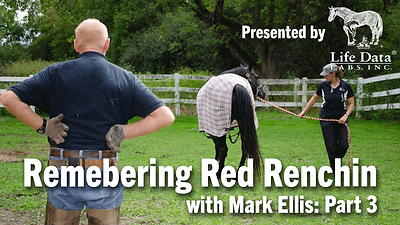Advertise Follow Us
Lamenesses
Local Association Spotlight
Tenotomies, Casting Are Discussed At West Palm Beach Laminitis Conference
Read MoreOne Veterinarian's Viewpoint
Why Heart Bars Can Work Well With Laminitis
Forget the bute and other chemical pain relievers when it comes to treating laminitis cases, advises this equine veterinarian
Read More
A Wide-Ranging Look at Laminitis
Fifth International Equine Conference On Laminitis And Diseases Of The Foot Delves Into Many Areas And Therapies
Read More







